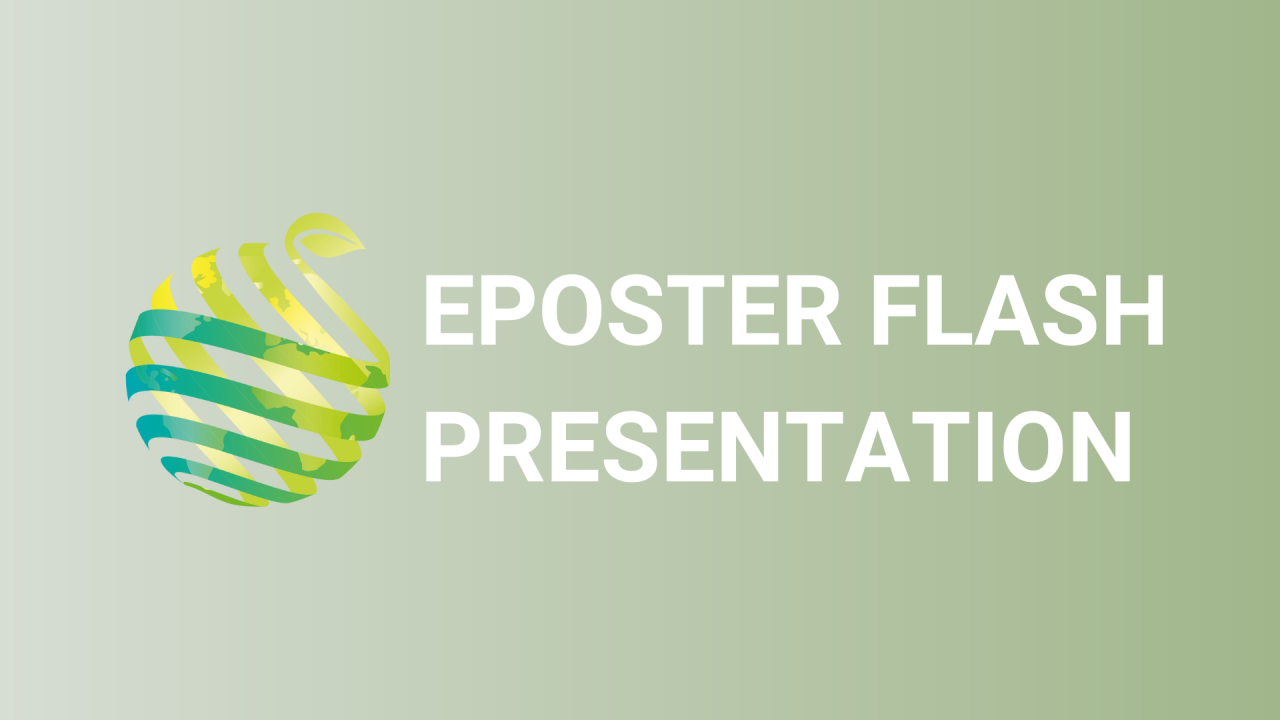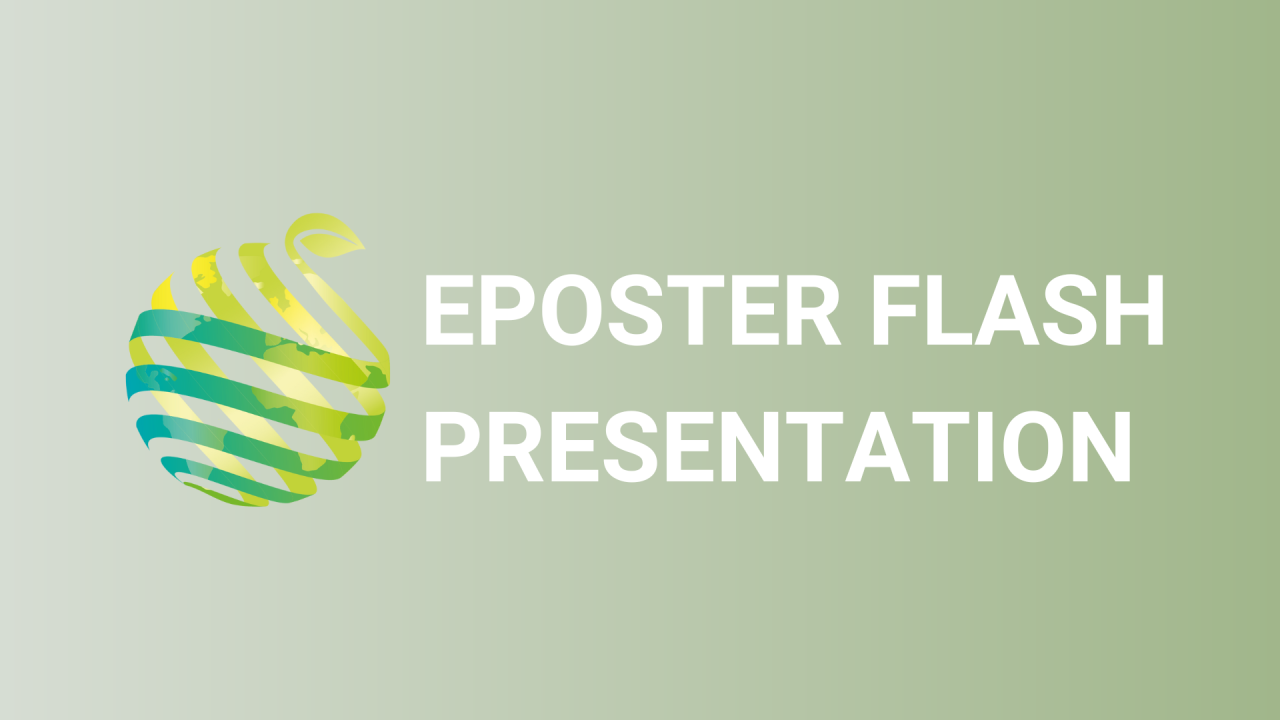

S01 - Session P10 - The effects of pollinizers and pollen and pistil quality on fruit set of Japanese quince (Chaenomeles japonica) cultivars and hybrids
Information
Authors: Edite Kaufmane *, Silvija Ruisa, Katrina Karklina
Japanese quince produce a relatively small number of fruit most years despite a large number of flowers blooming annually. This is probably due to pollination problems as most genotypes are self-sterile. Therefore, pollinators play an important role in ensuring good Japanese quince yields. The aim of the study was to evaluate the quality of the pollen and pistils of cultivars and promising hybrids, and to determine the degree of self-fertility and the most suitable pollinators for each genotype during 3 meteorologically different years. Pollen germination in vitro changed from 39.5% to 45.5 %, on average, during the study. No significant differences were found among the cultivars. Defective pistils formed in 1.5%n81.8% of all investigated flowers over three years, with numbers fluctuating depending on genotype. The largest number of defective pistils were found on cultivars 'Darius' and 'Rondo': 55.9% and 51.3%, respectively, which had a negative influence on fruit set. Significant differences were found both among years and genotypes when evaluating self-fertility results. Only one of the registered cultivars, 'Rasa', established fruit set (from 4.9% to 19.1%, in some cases up to 40%) every year. Cultivars 'Darius', 'Rondo' and some of the promising hybrids showed signs of self-fertility in some of the study years. When using different combinations of cultivars for pollination, significant differences in fruit set were found in all three years of the study: from 2.1% to 11.2% on average. The cultivar 'Rasa' had the highest fruit set when pollinated by 'Rondo' and 'Darius' (11.2% and 8.3%, respectively). Significant differences were found both among years and cultivars when evaluating the results of open pollination during 3 years. Fruit set varied from 3.1% to 13.2% on average. The best results from the registered cultivars were obtained for 'Rasa': 13.2% on average, up to 36.4% in some years and combinations .